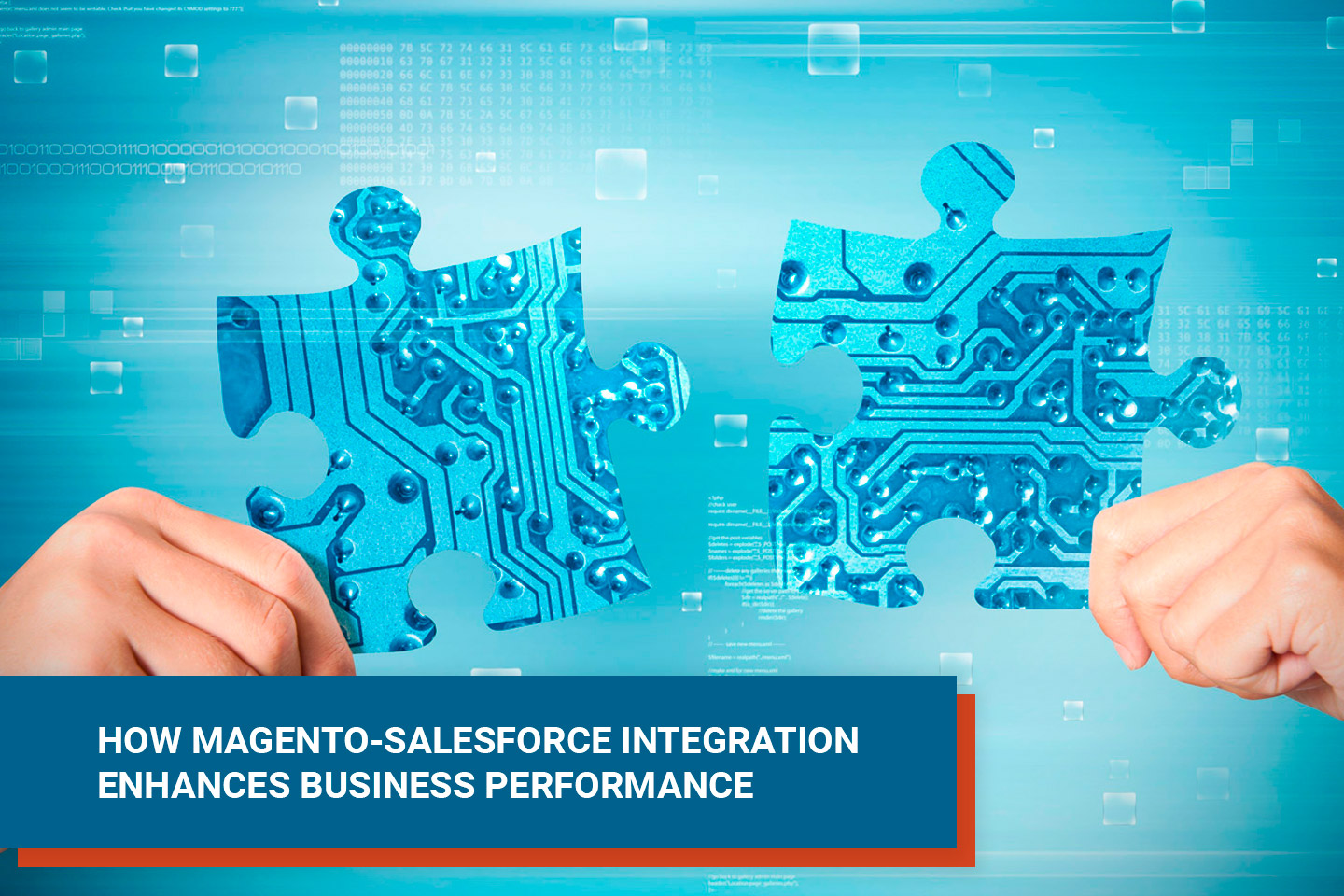Magento 1 Migration
 Igor Krasnykh
·
3 minute read
Igor Krasnykh
·
3 minute read

Did you know Magento is the second most popular eCommerce platform in the world (second only to WooCommerce)?
It powers more than 250,000 online stores and handles more than $155 billion in gross merchandise each year. That’s according to a roundup of Magento data, which also shares that:
- Magento powers 0.8% of all sites on the Internet;
- Magento is the best platform for SEO with a 100/100 score;
- There are 14,500 stores powered by Magento in Alexa’s top 1 million websites;
- The number of Magento stores doubled between 2017-18.
If you’re a web merchant who is reading this, chances are you already operate a store in Magento. You know that a customizable, feature-rich infrastructure has earned the platform a solid reputation. And, because Adobe purchased the platform for $1.6 billion in 2018, merchants can expect top-notch innovation moving forward.
Like any evolving tech product, early variations phase out as enhanced versions emerge. In that vein, Magento 1 has given way to “Magento 2” with support ending in June 2020. This transition is ominously deemed “Magento 1 End of Life” which sounds like a big deal…and it is.
But, if you’re still operating on Magento 1, you’ve likely noticed that your site didn’t disappear on the expiration date.
So, what does Magento 1 “End of Life” mean for you?

Problems that can emerge without a Magento 2 upgrade
You may be a merchant who is perfectly content with how your store operates in Magento 1. However, putting off your Magento 2 upgrade is not in your best interest. Here are three major problems you run the risk of facing if you avoid moving your store out of Magento 1.
1. You will be more susceptible to security breaches
When June 2020 arrives, Magento will no longer publish security patches for the Magento Community and Magento Enterprise editions. If security breaches are not addressed, sites will be vulnerable to cyber-attacks and hacks.
This can be catastrophic for Magento 1 merchants. If your customer data is compromised, the reputation of your business will suffer. Your best bet is to get ahead of such issues by initiating a Magento 2 upgrade.
2. The cost of development and maintenance will be higher
While some hobbyists may be able to help solve emerging technical issues in Magento 1 after official support ends, the cost and turn-around time will be unpredictable.
Because Magento 2 is the new standard, key talent in the Magento community has shifted its focus to the next phase and is no longer open to taking on Magento 1 projects.
Additionally, alternative solutions for Magento 1 support will be in much higher demand after June 2020, so engineers will likely become more expensive to hire. If you have been reluctant to begin a Magento 2 upgrade because of cost, consider that the long-term costs of staying in Magento 1 could end up being much higher.
3. Support for your favorite extensions will fizzle out
There are more than 5,000 Magento plugins and apps that enhance the functionality of online stores. As Magento 1 approaches its final days, many existing extensions will soon become outdated. Additionally, many technology solution providers will discontinue support for them.
A Magento 2 upgrade opens up a variety of extension options that can make for a better eCommerce experience. Here are seven of our favorites that will simplify your life!
3 additional perks of completing your Magento 2 upgrade
We have discussed the consequences of neglecting a Magento 2 upgrade. Now, let’s talk about some of the wonderful benefits that come as a byproduct of making the switch.
1. Mobile-friendliness
As more customers access the web on smartphones and tablets, responsive design is becoming more essential for eCommerce merchants. As such, Google has been working toward mobile-first indexing for the past few years. That means a page’s mobile content takes priority for determining its search engine ranking.
Google announced that mobile-first indexing will be the default behavior of the search engine by September 2020. Merchants who move to Magento 2 are at an advantage because developers made mobile responsiveness a core priority when creating the platform.

2. Pages load faster
Faster site speeds have the potential to boost your SEO credibility and increase sales. Full-page caching and enhanced scalability enable Magento 2 pages to load 20% faster than Magento 1.
3. Customers enjoy a better checkout experience
A frustrating checkout process can negatively impact profits. When going from cart to completed order is time-consuming and redundant, buyers often will not hesitate to walk away.
With a Magento 2 upgrade, stores enjoy a more streamlined and user-friendly checkout experience. Shoppers are able to check out without going through the process of creating an account. Data shows that the guest checkout in Magento 2 is 38% faster than Magento 1.
How to get started with your Magento 2 upgrade
If you are ready to make the switch to Magento 2, you need an experienced Magento developer that will help make the transition as smooth and hassle-free as possible. PowerSync has assisted many customers in making the switch. Let’s talk about how we can set you up for e-commerce success, today.



